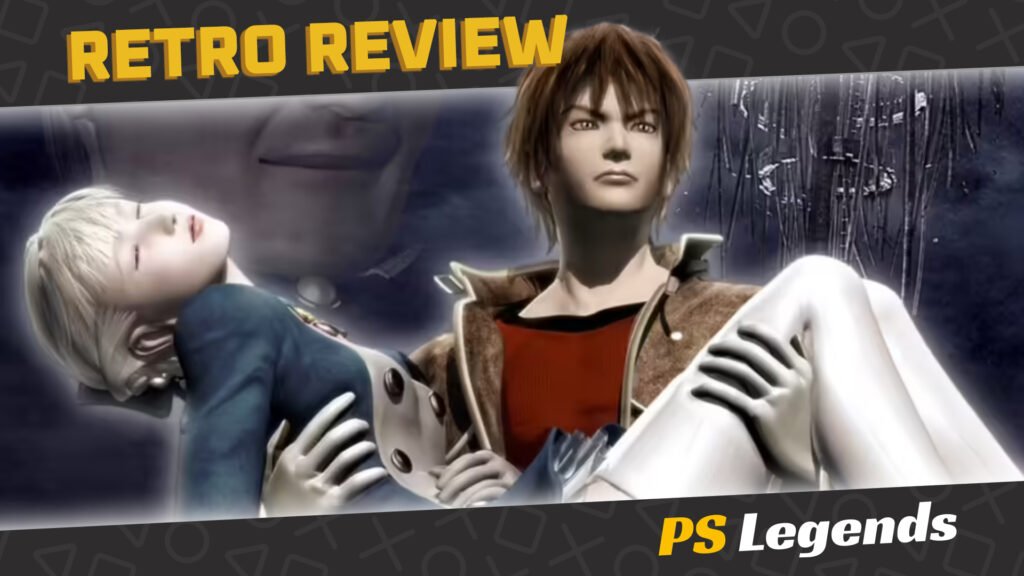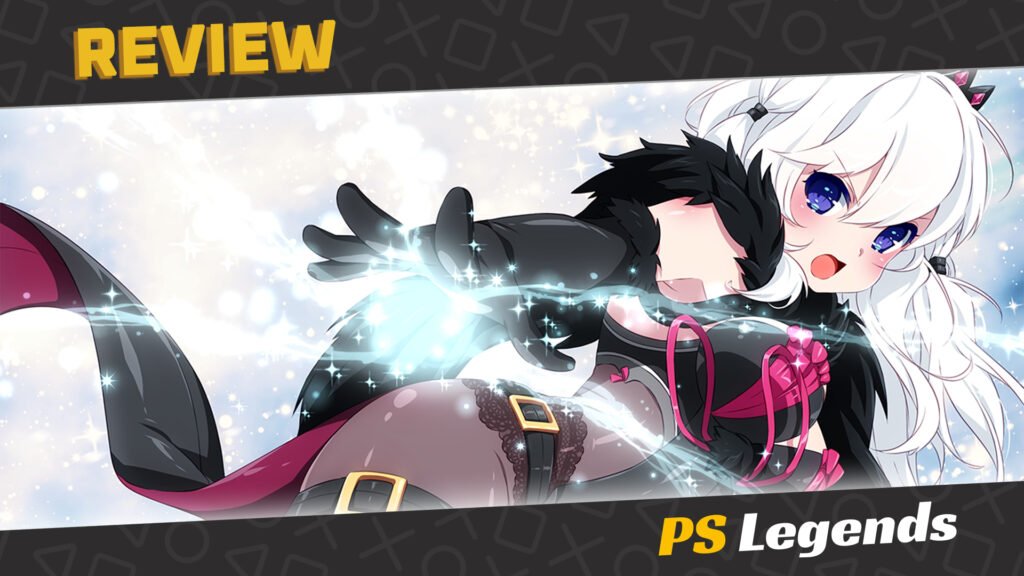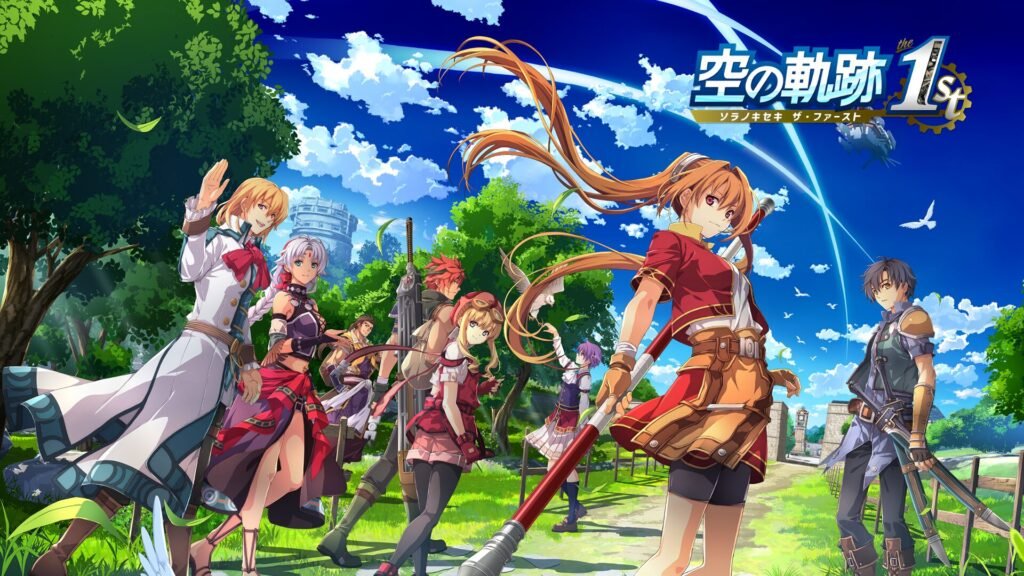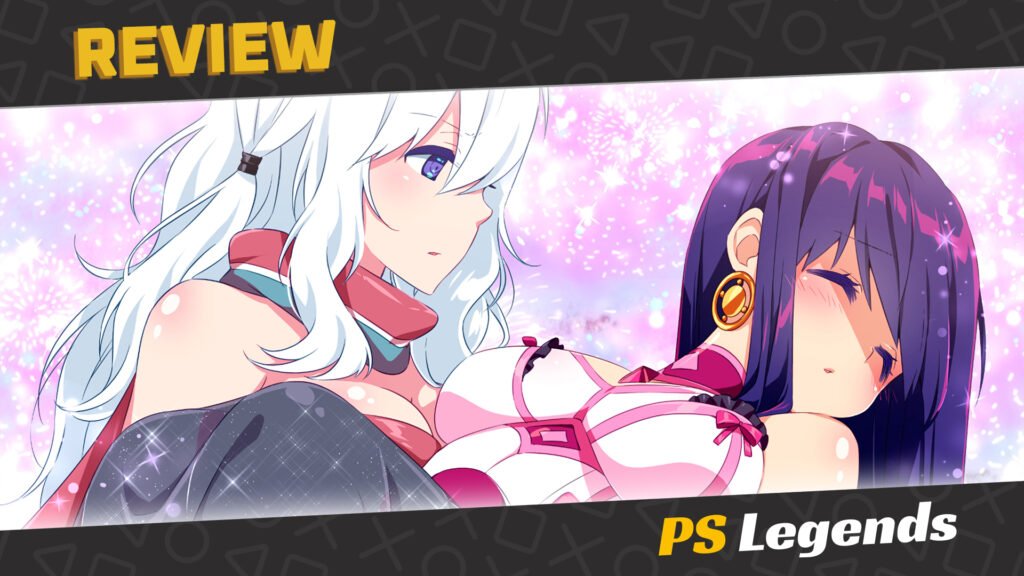Most JRPG fans look back to the PS1 era and smile. It was a time when narrative masterpieces were being released regularly, which was a good thing since most gamers were very hungry for more. It’s no wonder the late 90s is referred to as ‘the JRPG golden age’. Sadly, all things must come to an end, and the dawn of the PS2 would see ambitious developers try to set new trends with expensive visual upgrades, deviations in gameplay to include more focus on either action or strategy, or even online gameplay.
Not all hope was lost, and a handful of dedicated developers would attempt to revive the ‘traditional’ JRPG. While many attempts would be lost to time and obscurity, others would slowly rise to cult status as respectable masters of their craft. One such game would put its growing franchise on the map and captivate many a gamer with its unique theme of real-world characters and locations, and recurring use of Lovecraftian horror. It’s time to revisit Shadow Hearts.
On This Page
Introduction
Shadow Hearts is a role-playing video game developed by Sacnoth for the PlayStation 2. Published in Japan by Aruze in 2001, it was published internationally by Midway Games, arriving in North America in the same year, while the European release was pushed back to 2002. While it is the first game in the Shadow Hearts series, the game is a canonical sequel to the 1999 game Koudelka, being set in the same world and featuring recurring characters.
Development began following the completion of Koudelka in 1999. Koudelka art director Matsuzo Machida acted as director and wrote the game’s scenario, inspired by the works of H. P. Lovecraft and the manga Devilman by Go Nagai. The game’s ‘Judgement Ring’ drew inspiration from fighting game mechanics and Aruze’s own pachinko machines. A sequel, Shadow Hearts: Covenant, was released in 2004.

Story
Shadow Hearts is set in an alternate version of real history, taking place during 1913 and 1914. This version of history mixes historical events and people with supernatural elements including divine beings and Lovecraftian cosmic horror. The story takes place across China and Europe, with particular focus placed on Shanghai and London. A separate otherworldly location is the Graveyard, a subconscious spirit realm linked to protagonist Yuri Hyuga’s soul and his unique abilities. The narrative of Shadow Hearts connects to the events of predecessor Koudelka, taking place after the canon ‘Bad’ ending.
The leads of Shadow Hearts are Yuri Hyuga, a ‘Harmonixer’ capable of absorbing the souls of elemental demons and shapeshifting into a hybrid version of them; and Alice Elliot, a young exorcist who helped her father banish harmful spirits. On their journey, they are joined by the sage Zhuzhen Liu, an expert in the magic of Yin and Yang; Margarete Gertrude Zelle, an infamous seductive spy; Keith Valentine, a centuries-old vampire who isolates himself from the outside world; and Halley Brancket, a young street-gang leader from London who possesses powerful telekinetic abilities.
Following her father’s murder, Alice is forced to accompany a Japanese escort to Shanghai. While on the train, Alice’s escort is slaughtered by former Cardinal Roger Bacon. Alice is saved by Yuri, who accompanies her after following a mysterious voice in his head. During their journey to Shanghai, they are hunted by Dehuai and the Japanese army, who want to control both China and Alice’s power.

Gameplay
Shadow Hearts is a turn-based JRPG where players take control of the protagonist and a party of companions as they progress through a largely linear storyline, exploring various locations. The players travel through a variety of pre-rendered environments, talking to non-playable characters who act as quest-givers and merchants, finding and buying items and equipment, and completing both story-centered quests and side-quests.
During battle, a party of up to three characters can be controlled. The game’s turn-based battles are triggered through random encounters and transport the party to a themed combat arena. The party can use standard attacks, magical abilities unique to each character, use items that have different recovery effects, defend against attacks, or run from battle.
An integral part of gameplay is the Judgement Ring, which is used both in battle, during environmental quick-time events and even when shopping. Represented as a disc with coloured areas on its surface, the aim is to hit those areas as a spinning pointer passes over them. In battle, every attack and ability is tied to the Judgement Ring.
If the player fails to hit a Judgement Ring area, the attack can either be cut short or cancelled altogether. The final portion of each target area is red, and if the player hits this zone, the attack or skill is boosted in power. Items, spells and equipment can modify the Judgement Ring, ranging from slowing the pointer’s speed and adjusting the size of hit areas, to shrinking the ring and even hiding hit areas.
Each character has health points (HP), skill points (MP), and sanity points (SP). SP ordinarily decrease once per turn. Should a character run out of SP, they go berserk and cannot be controlled by the player. Successfully completing each battle rewards experience points which raise character attributes upon levelling up. Victories also award money to purchase equipment and items, and Soul Energy used in Fusion.
Fusion is a skill unique to Yuri. When enough Soul Energy has been collected, Yuri can fight an elemental monster in the Graveyard. By defeating a monster in the Graveyard, Yuri gains control over it, and is able to transform into a symbiotic version of it during battle. While in Fusion form, Yuri has access to the assigned monster’s stats and abilities. Performing a Fusion drains Yuri of some SP. As he gathers Soul Energy, Yuri also accumulates an energy called Malice, which will eventually summon a powerful enemy if it is not dispelled by battling an avatar of Malice in the Graveyard.
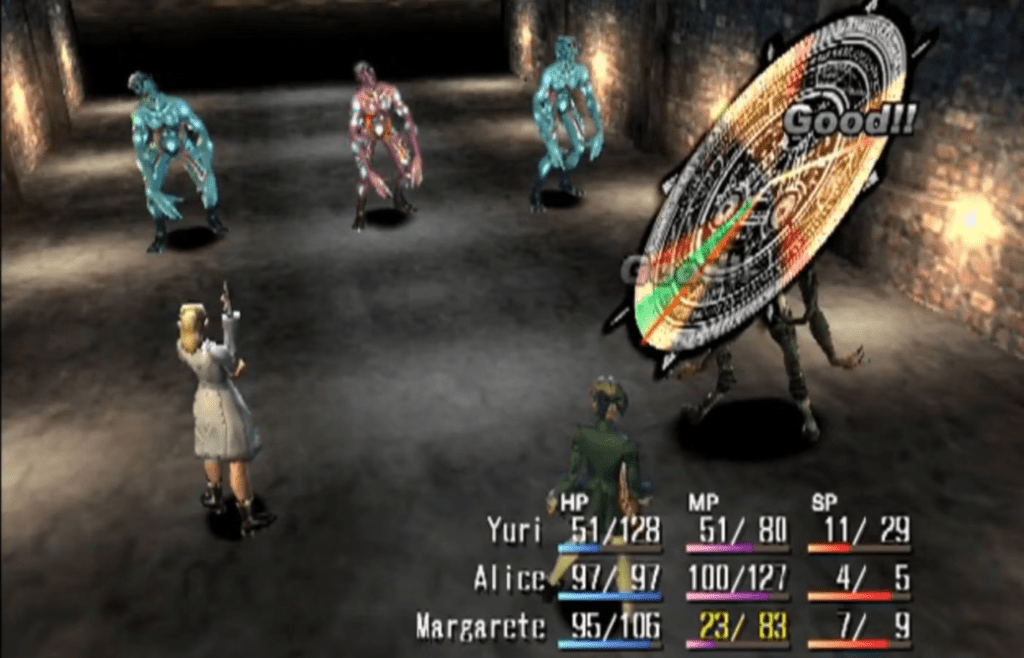
Graphics/Sound
If there is a noteworthy flaw with Shadow Hearts, it’s probably going to be its general presentation. Visually, the game is something of a throwback to Koudelka, right down to its PSone roots. The added details are certainly there but generally minimalist, particularly in the character models. Characters also have some rather wooden animations which haven’t aged well. A saving grace is the PS2’s notable motion blur and fogging effects work well with the dark nature of the game and hide a few sins along the way.
The partial voice acting, sadly, often feels rather phoned-in and disconnected, while the music absolutely nails the creepy atmosphere of the game from start to finish, yet a catchy battle theme to get the adrenaline pumping would’ve been preferred, especially in a game where combat rhythm is crucial. The music is certainly atmospheric, but hardly likely to make your Spotify playlist.

Replayability
Like predecessor Koudelka, Shadow Hearts features both ‘Good’ and ‘Bad’ endings. The ‘Good’ ending is unlocked by completing a key side-quest before the final boss, while ignoring this mission will give you the ‘Bad’ ending. Strangely enough, both endings hold validity in following the established canon, which will be explained in sequel Shadow Hearts: Covenant. If you’d rather see both endings, you’ll need to keep an earlier save-file to return to, restart the game from scratch, or simply watch the alternative ending on YouTube.

Conclusion
Shadow Hearts makes for quite the fascinating adventure. Not only does the game fuse the natural and supernatural to create a world that’s dark, gritty and surprisingly realistic for the era in which it’s set, it also brings with it the magic and spectacle that we come to expect from a traditional JRPG. That gives us a game that’s playable and familiar, yet possesses its own unique identity.
The eclectic assortment of characters follow this trend too, with the likes of Yuri, Alice and Zhuzhen bringing their own styles of magic to your diverse arsenal, while reworked historical figures such as Roger Bacon and Margarete Gertrude Zelle bring a twist to the history we thought we knew. Seeing Mata Hari rewritten as the master spy she was accused of being, rather than the celebrity courtesan we remember her as, makes for an interesting if unusual take on history.
On the flip side, we’re dealing with several historical events and figures here, and so the Shadow Hearts story needlessly bastardises this, right down to vilifying great figures from history, misidentifying allegiances and adding misplaced American accents. To see the beauty in Shadow Hearts, it’s important to view its characters as characters, rather than somewhat insensitive misrepresentations.
Admittedly, 2024 hindsight is more of a burden than a blessing in this case. There are shortfalls in the visuals and sound which become more noticeable when compared to the game’s main rival, Final Fantasy X. We’ve also got those questionable narrative design choices which, on reflection, are rather bold in design and likely wouldn’t prove as acceptable to a more modern audience.
However, what this also means, is that the game’s flaws are largely superficial things which are easy to forgive when you’ve got an overarching story as good as this one, with a dark yet familiar twist on real-world locations. Historical inaccuracies aside, there are some really great characters here too. Of course, the simple yet addictive gameplay is what will keep you playing until the end, and loving every minute.
Joys
- Some really great, fleshed-out characters with unique moves and abilities
- Dark, gritty re-imaginings of real locations in Europe and Asia
- Fascinating, globe-trotting story with plenty of Lovecraftian horror
Cons
- Visually lackluster
- Hit-and-miss voice acting
- Some potentially insensitive historical inaccuracies
